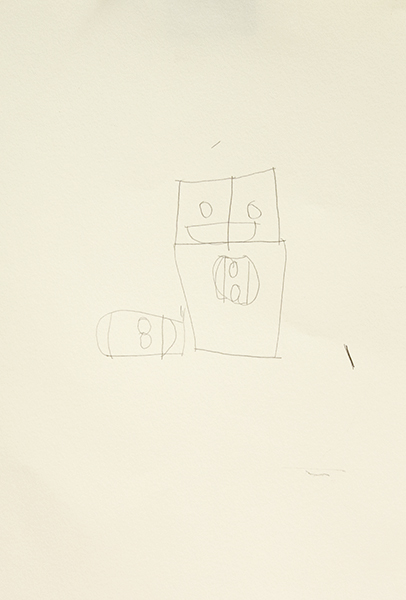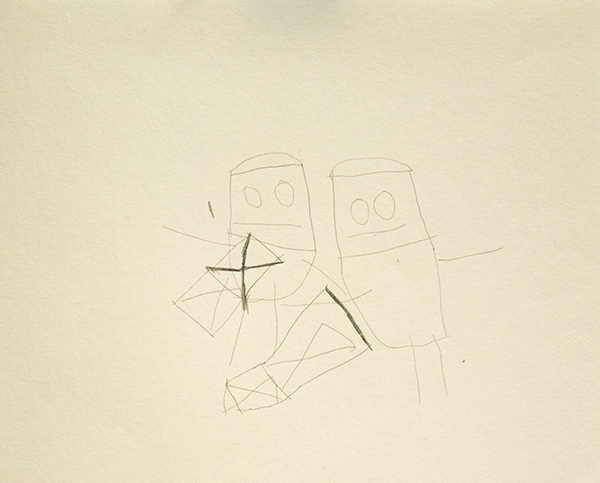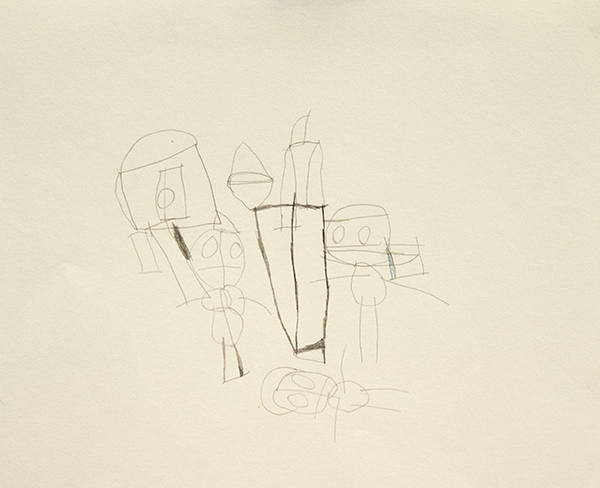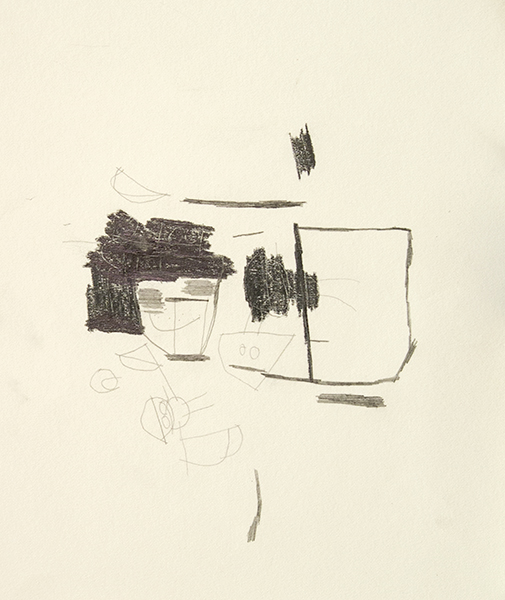Ari’s response to this was encouraging and compelling. He expressed that integrating progressive art studios wouldn't have to mean eliminating the studio itself, or even depriving it of its identity as a space for artists with disabilities, it just needs to also be open to artists without disabilities who aren’t paid supports. Ari explained that this isn’t just about the social impact of integration, but also how integration affects the delivery of services. This is something easy to forget, as our focus has been on the handful of studios who are the most progressive and successful in the world, where delivery of services isn’t a concern. Looking more broadly, that there are a great many programs who provide art, even in an open studio setting that aren’t as effective as they should be - who are not as organized, progressive, or person-directed as they should be. It’s undeniable that the quality of services provided by staff would, as a whole, be better if staff were also working with neurotypical artists. In this sense, it’s impossible to deny that if all service providers providing day programs were required to be open and appealing to neurotypical artists using their space alongside artists with disabilities, they would be forced to use more progressive practices. It’s significant that this idea only makes any sense for art studio programs - they’re the only kind of day program that would be appealing to neurotypical artists if they become open to them.
Ari explained that there has been a focus on integrating and improving residential and employment services more than day services, and he committed to us that he’ll keep progressive art studios in mind as attention shifts to day services. In response to our description of the progressive art studio model, Ne’eman emphasized a few key points that will be important going forward:
- Focus on benefit to the individual served
Although the social and cultural impact of progressive art studios and their artists is important, it should never be prioritized over benefit to the individual. This means facilitating and supporting career management in a way that always prioritizes the artist’s wants and needs above all other concerns, including social impact, or benefit to the program or its staff. This means not exhibiting or selling an artist's work if they don't want it exhibited or sold, even if that exhibition would provide valuable exposure for the program as a whole. This also means being very careful about collaborative projects, which are often regarded as a good way to connect with the community, but which could also present a high risk for exploitation.
The relationship of the program to the artist needs to be such that the artist is able to continue their life and career even if they chose to use another provider. This is a concern that stems from problems identified in residential services in which service providers are also landlords, so ending or changing services means moving out of their home.
For progressive art studios this has important implications in two dynamics of the model. One is ownership of the artists’ works - both physical inventory and as intellectual property. Agreements have to be very clear from the start about how this is managed in the event that an artist chooses to stop being a part of the studio or move to a different studio. The other dynamic is the marriage of habilitation/care services and art facilitation/career management services. Having artists work with artists in the studio is essential, so the dual role of artist staff as facilitators and direct care or habilitation staff is an ideal arrangement. The principle of severability of services would seem to also require that the artist should be able to continue to use the studio even if they prefer to use a different provider for rehabilitation services, or if they chose to discontinue their habilitation or care services. The latter is arguably more essential, and certainly more feasible, as it would simply require that the artist pay for their use of the studio by some other means, as neurotypical artists using the studio would in an integrated arrangement.
One of the essential aspects of a progressive art studio described by Lawrence Rinder in discussion of the Create exhibition was that the artists work in the studio during “hours which reflect the common work hours, five days a week 9-5”. However, artists shouldn’t be in agreement with the studio to attend at certain times as they would attend work or school, but may set goals to invest a particular amount of time and devise plans that use a schedule to meet that goal. In practice, this seems to boil down to a mere matter of language, but it’s based on an important principle; artists in progressive art studios aren’t paid an hourly rate, so they can’t obliged to attend particular hours. Attendance policies or schedules that have a compulsory feeling are left over from less progressive models - an artist's use of the studio should be understood as self-motivated.
The most encouraging insight from this conversation was that the future of progressive art studios may be not only to sustain as regulations change, but to broaden scope and expand as a new definition of what day programming is. If studios are understood not as part of an outmoded form of service, but as the examples of the ideal model for a still relevant and important one, then day programs in general can be redefined, no longer as places where people with disabilities are accommodated, but as spaces for creativity, in which a truly neurologically diverse group of creative people congregate to utilize tools, materials, and work space with guidance and support as needed - spaces that are for expression, entrepreneurship, and all manner of making, whose existence is a statement about the essential relationship of diversity to productivity as paragons of the most extreme expression of those principles.












